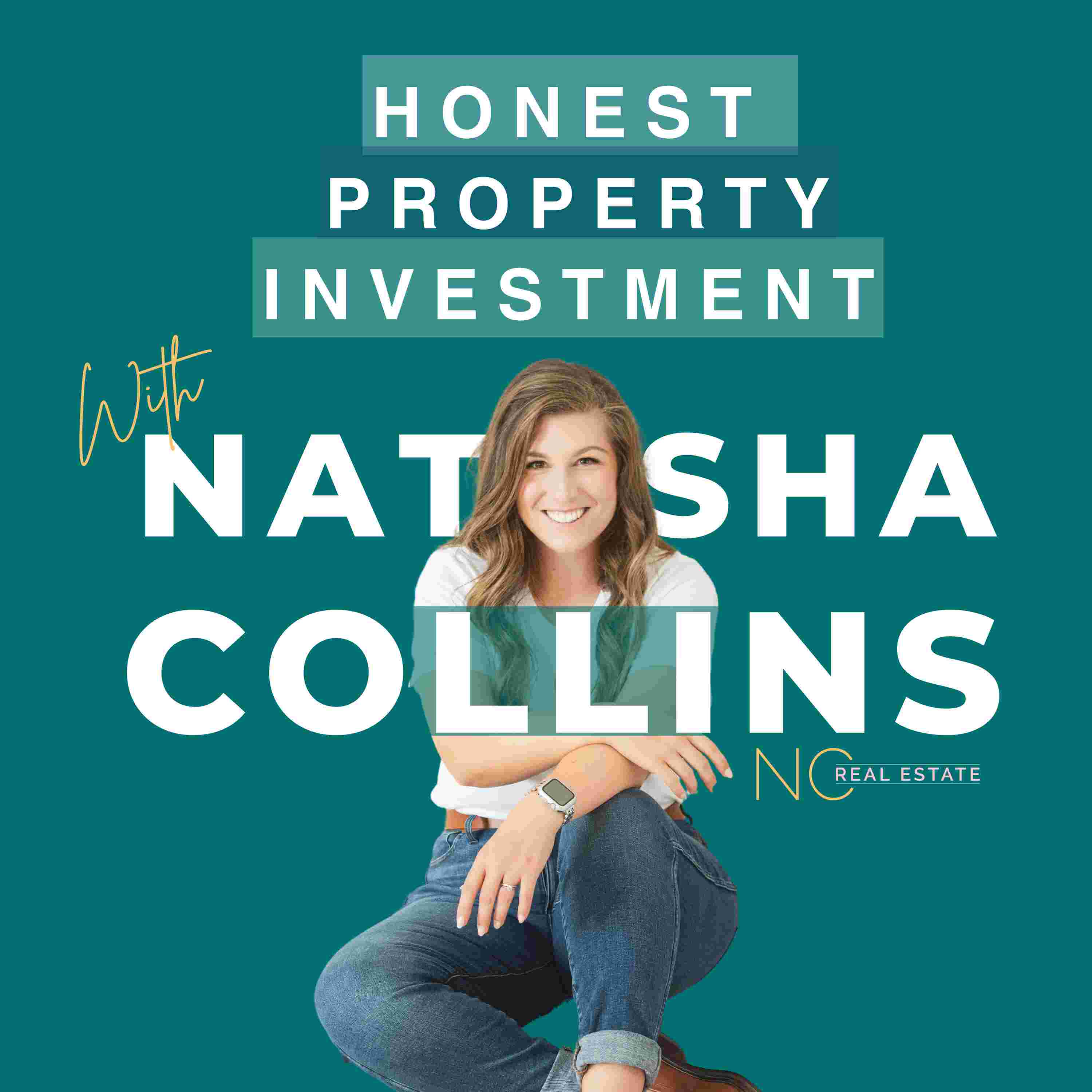

Residential and commercial property may both involve bricks and mortar — but they’re completely different businesses.
In this episode, I’m breaking down exactly what separates residential and commercial investment: how they’re valued, financed, taxed and managed, and why switching from one to the other means changing the way you think about property altogether.
If you’ve ever thought “I want to invest commercially, but I’m not sure what’s different,” this episode will make it crystal clear.
The Fundamentals
The difference between letting to people versus businesses
How lease length, responsibilities and vacancy risk change between the two
How Value is Determined
Comparable-based versus income-based valuations
How yield directly drives commercial value
Funding & Finance
Why residential lenders assess you, but commercial lenders assess the deal
Typical LTVs, interest rates and how I approach financing strategy
UK Property Transaction Taxes (2025 Update)
SDLT in England & Northern Ireland
LBTT in Scotland
LTT in Wales
The abolition of MDR in England/NI and how the commercial rates compare
Residential Licensing Fees
Mandatory, Additional & Selective Licensing explained
Typical costs, penalties, and how commercial avoids these completely
The Mindset Shift
Why successful investors act like CEOs, not landlords
How I build systems that let my portfolio run without me doing every task
Key Takeaways
Residential property is heavily regulated and hands-on.
Commercial property focuses on contracted income and long-term value growth.
MDR is gone in England & NI but still available in Scotland and Wales.
Six or more residential units usually qualify for commercial rates.
There’s no licensing requirement for commercial — saving thousands in fees.
To succeed, you need to think like a CEO, not a landlord.
🔗 Resources I Mention
Free guide: How to Find the Right Location to Invest In
Book a call: ncrealestate.co.uk/bookacall